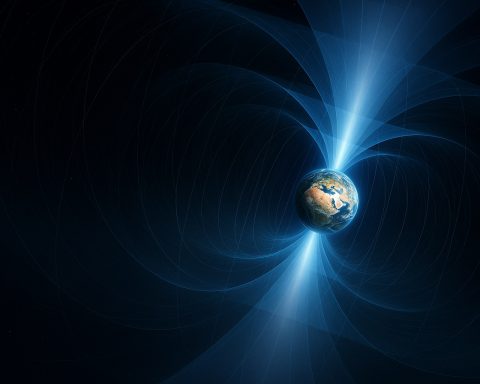
Science Today — Nov. 12, 2025: Severe Auroras Sweep the Globe, Blue Origin Targets New Glenn Launch, Webb Spots Organic “Life Seeds” Beyond the Milky Way, Three Earth‑Size Worlds Found in a Two‑Sun System, Enceladus’ Ocean Looks Long‑Lived, and Earth’s Hidden Geology Fuels Ocean Volcanoes
Roundup of the biggest science stories breaking on November 12, 2025. From a rare G4 geomagnetic storm lighting up the skies to fresh clues about life-friendly chemistry and planetary formation, here’s what matters — and why. At a glance 1)


